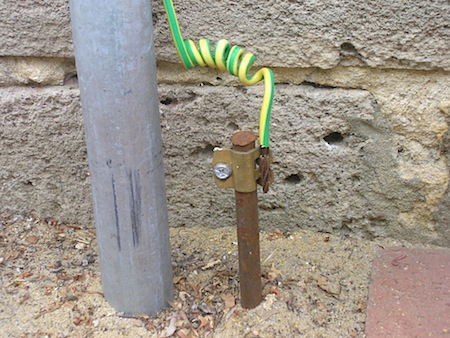Published: 9 January 2015
Category: Q&A
Julian asks this question, which is about a considered low system loop impedance reading, when a loop tester was used at the earth electrode. It has been answered by the NICEIC (Theme – Testing, Tools and Equipment):

This Q & A is one of thousands posted in our Technical Expertise area, and answered on a daily basis by our Voltimum Experts.
Question: With this electrical installation, I cannot obtain better than 93 ohms Zs (system loop impedance) for an earth electrode using a loop tester.
Note that this reading was recorded last December 2014 (therefore winter – if this makes any difference). Note also that the REC has refused TNCS, but when I measured using a loop tester, I recorded 0.30 ohms.
My On Site Guide says that 21 ohms is the stated maximum at the transformer and that >200 ohms may be unstable.
This site is in a rural area, with thin topsoil then chalk underneath. Is the Zs reading of 93 ohms satisfactory for reliable protection?
Answer: Indeed, the 93 ohms reading for the earth electrode resistance is acceptable as the current Wiring Regulations state that up to 200 ohms is acceptable - and above 200 ohms may be unstable.
The TT arrangement must have provision of an RCD for all final circuits to ensure that automatic disconnection of supply (ADS) occurs for earth fault protection on the system.
Please refer to Table 41.5 and read the notes given below that Table within the current BS 7671: 2008 Wiring Regulations. (note that Amendment 3 has just been published).
To see many more Q & A in Voltimum UK's Experts Area, please click on the link. Experts from leading organisations provide online answers to your technical questions on a broad range of subjects. Our searchable database of existing Q & As now contains over 3,500 entries; you can browse through them here.
